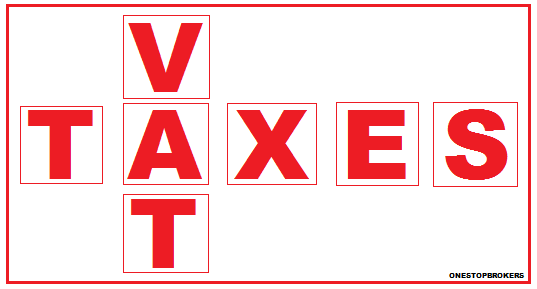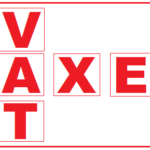EU expecting COVID-19 dent in 2020 VAT collections

The European Commission has published its latest VAT gap report, which show that EU countries lost an estimated EUR140bn (USD165.7bn) in VAT revenues in 2018, down EUR1bn in nominal terms on the year prior.
The “VAT gap” measures the difference between revenues that could theoretically be collected in EU member states and the revenues actually collected. It is a measure of the effectiveness of VAT enforcement and compliance measures in member states, estimating revenue lost to fraud and evasion, tax avoidance, bankruptcies, financial insolvencies, and miscalculations.
Paolo Gentiloni, the Economy Commissioner, said: “Today’s figures show that efforts to shut down opportunities for VAT fraud and evasion have been making gradual progress – but also that much more work is needed. The coronavirus pandemic has drastically altered the EU’s economic outlook and is set to deal a serious blow to VAT revenues too.”
The 2018 VAT gap of EUR140bn equates to a total revenue loss across the EU of 11 percent. The Commission said the pace at which member states are closing the VAT gap has slowed but it is expected to still have declined in 2019. However, as a result of the COVID-19 pandemic, the Commission is expecting a considerable increase in the VAT gap in 2020, to about EUR164bn or 13.7 percent.
In 2018, the Policy Gap remained stable. This is the amount of revenue that is lost due to reduced rates, zero rates, and exemptions. For the EU overall, the average Policy Gap level was 44.24 percent. Of this, in 2018, 10.07 percentage points were due to the application of various reduced and super-reduced rates (the Rate Gap) and 34.17 were due to the application of exemptions without the right to deduct.
In 2018, Romania again recorded the highest national VAT gap, at 33.8 percent. It was followed by Greece (30.1 percent) and Lithuania (25.9 percent). The smallest gaps were seen in Sweden (0.7 percent), Croatia (3.5 percent), and Finland (3.6 percent). In absolute terms, the highest VAT gaps were recorded in Italy (EUR35.4bn), the UK (EUR23.5bn), and Germany (EUR22bn).
21 countries saw their VAT gaps decrease compared with 2017. The most significant drops were in Hungary, Latvia, and Poland. At the other end of the scale, the largest increase in the national VAT gap was in Luxembourg, and there were marginal increases in Lithuania and Austria.
In July 2020, the Commission announced plans for a Tax Action Plan. It intends to propose changes to the VAT Directive, with the objective of moving towards a single EU VAT registration system. It will present a legislation proposal to amend outdated VAT provisions on financial services, and will update the VAT rules for the platform economy.
Source: TAX NEWS



























